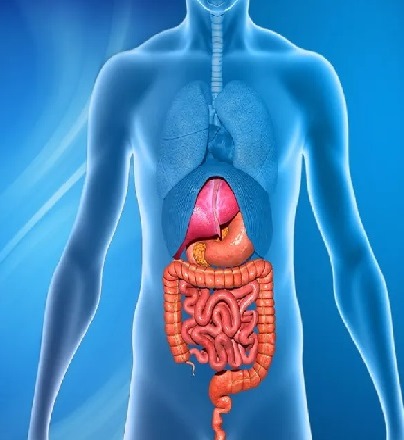Stomach cancer, also known as gastric cancer, is a cancer which develops from the lining of the stomach. Early symptoms may include heartburn, upper abdominal pain, nausea and loss of appetite.Later signs and symptoms may include weight loss, yellowing of the skin and whites of the eyes, vomiting, difficulty swallowing and blood in the stool among others. The cancer may spread from the stomach to other parts of the body, particularly the liver, lungs, bones, lining of the abdomen and lymph nodes.
 English
English
 English
English
 English
English






